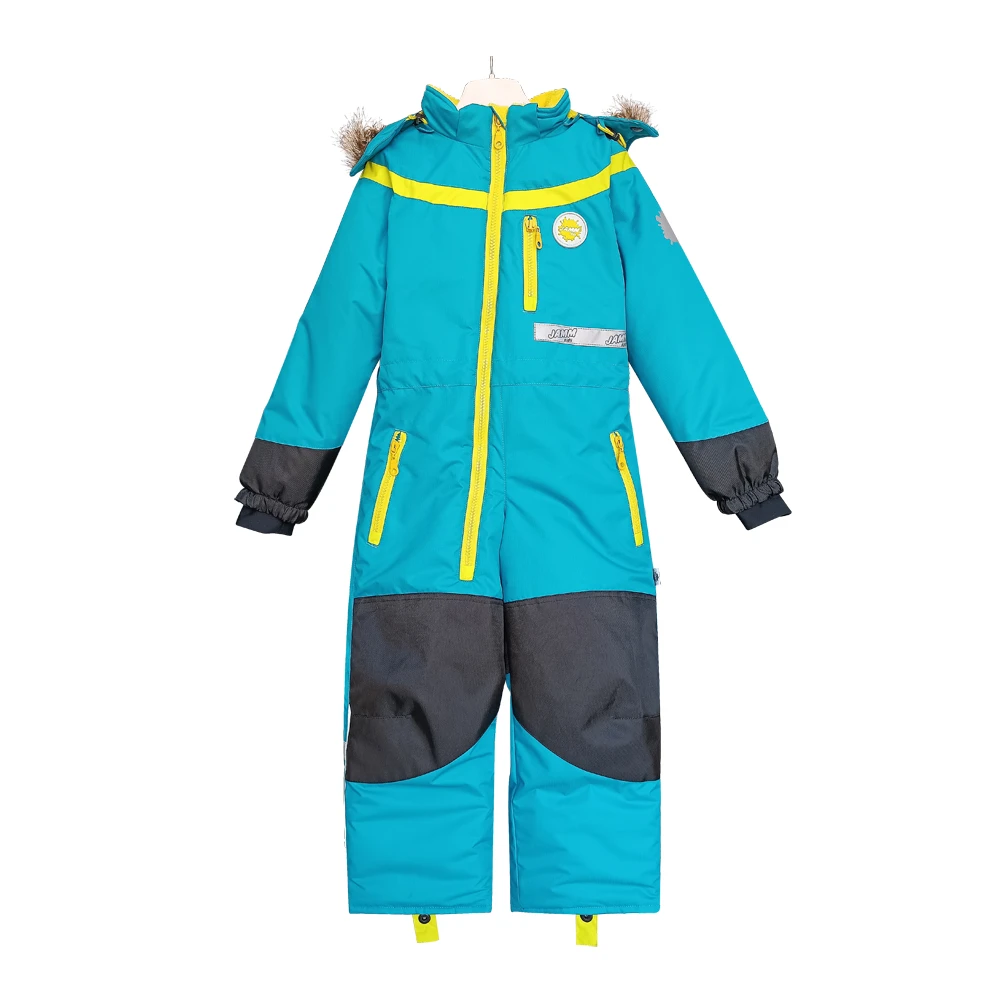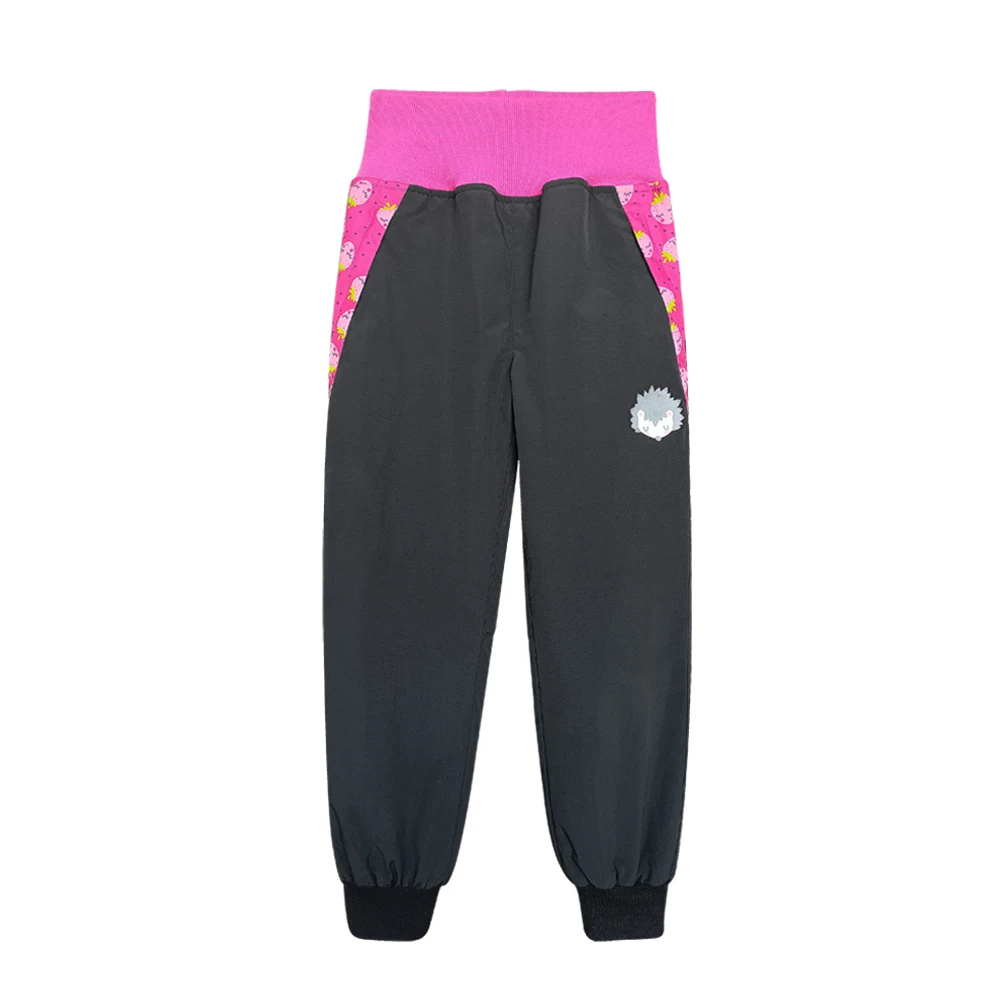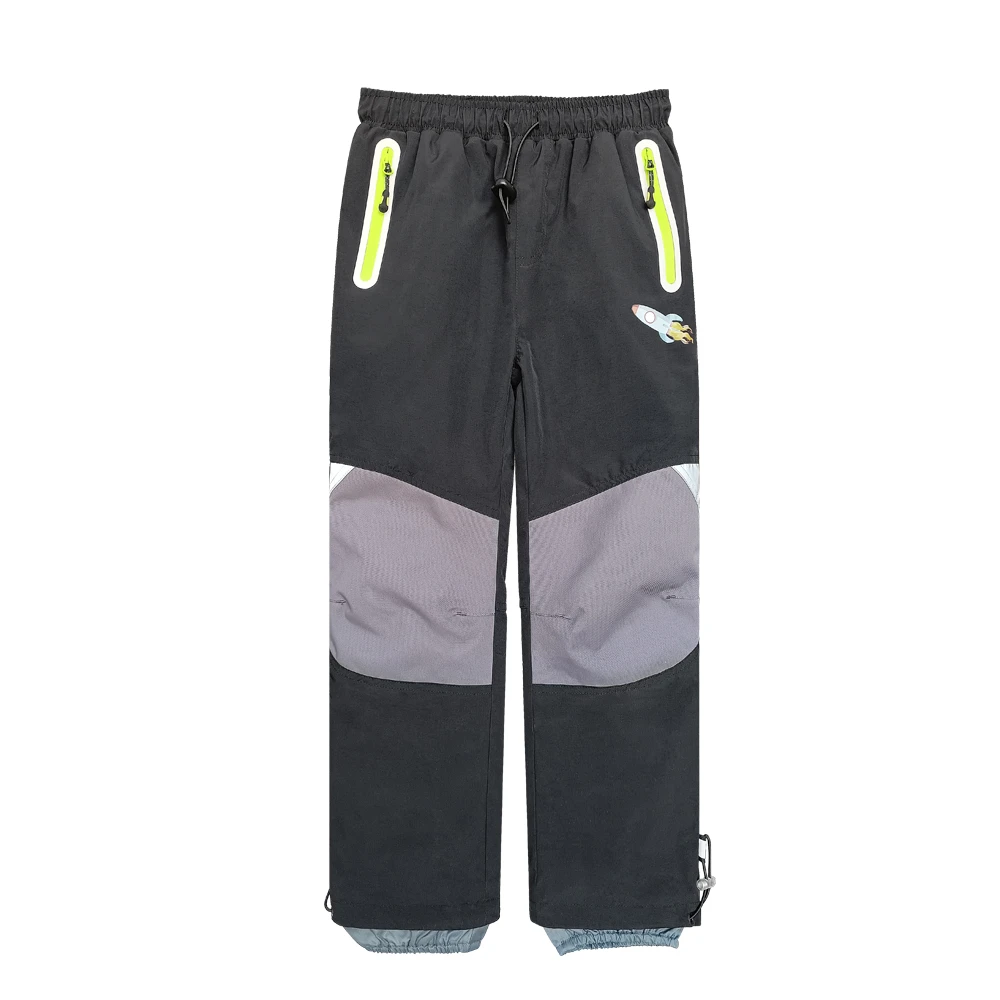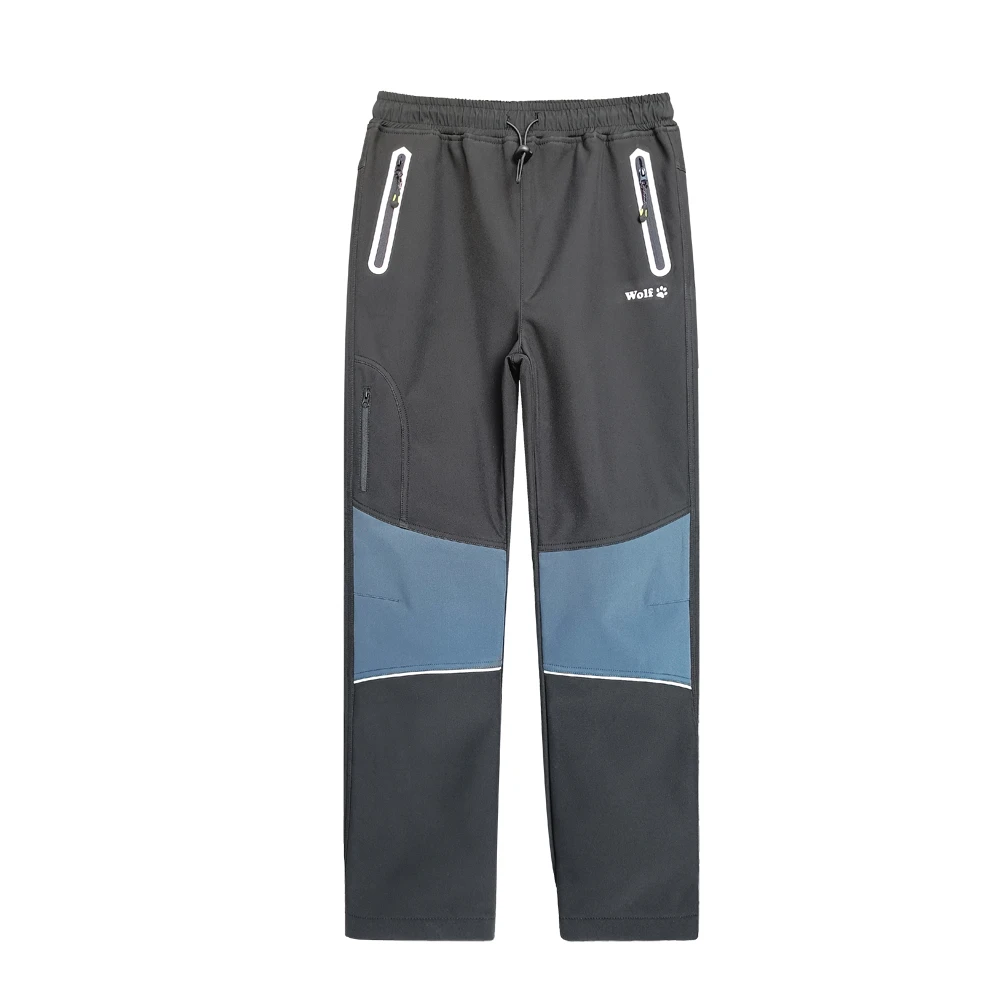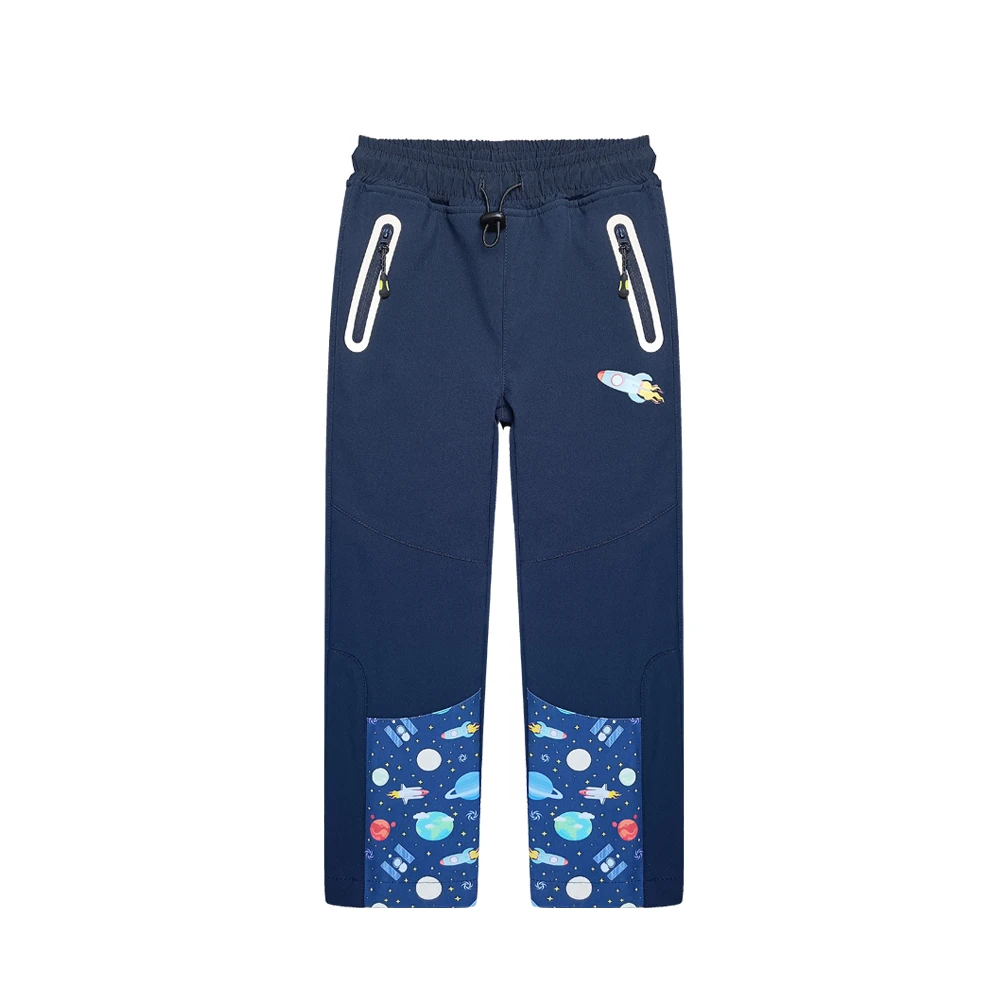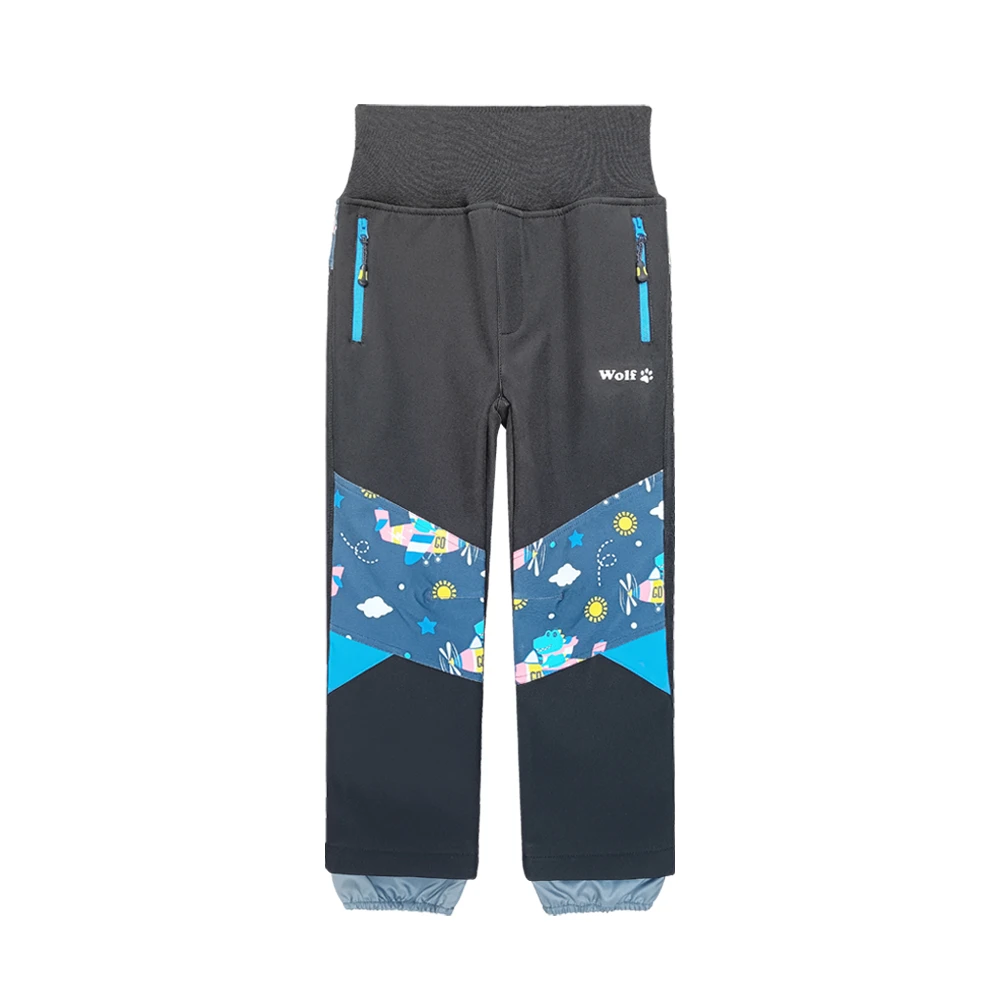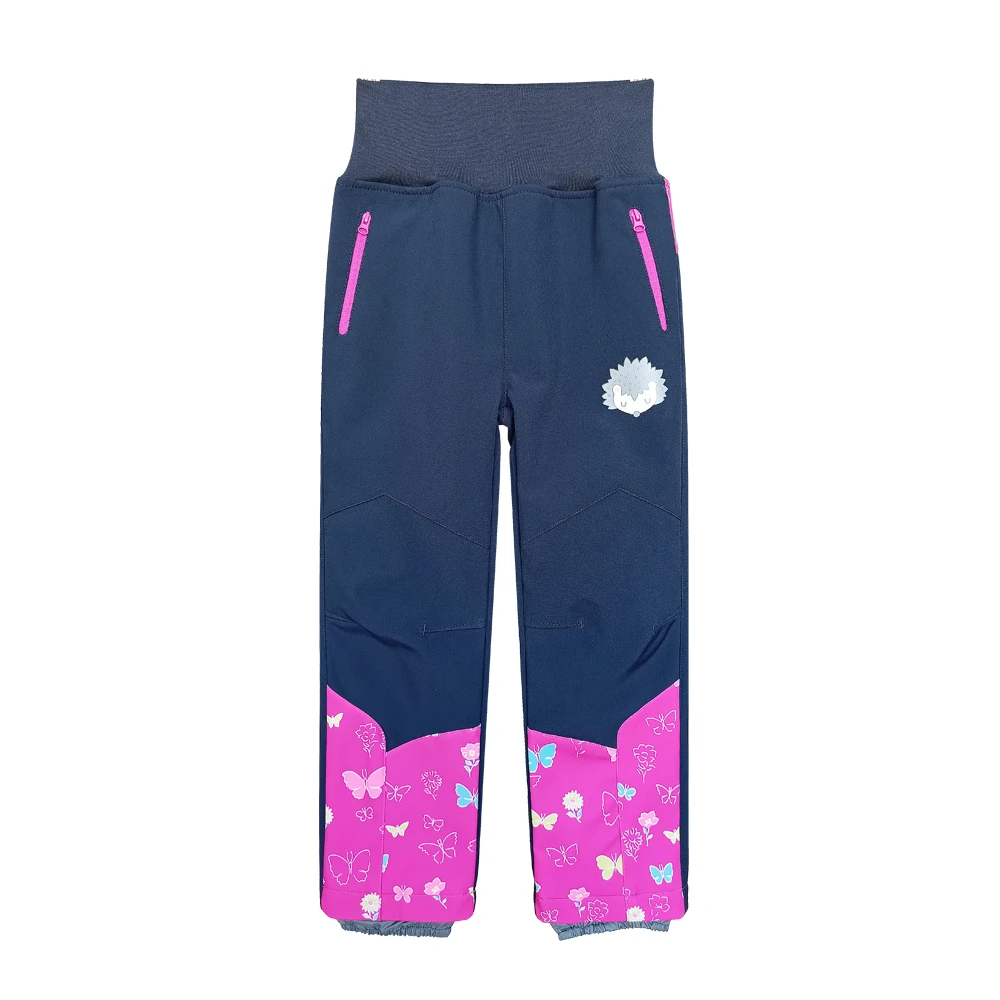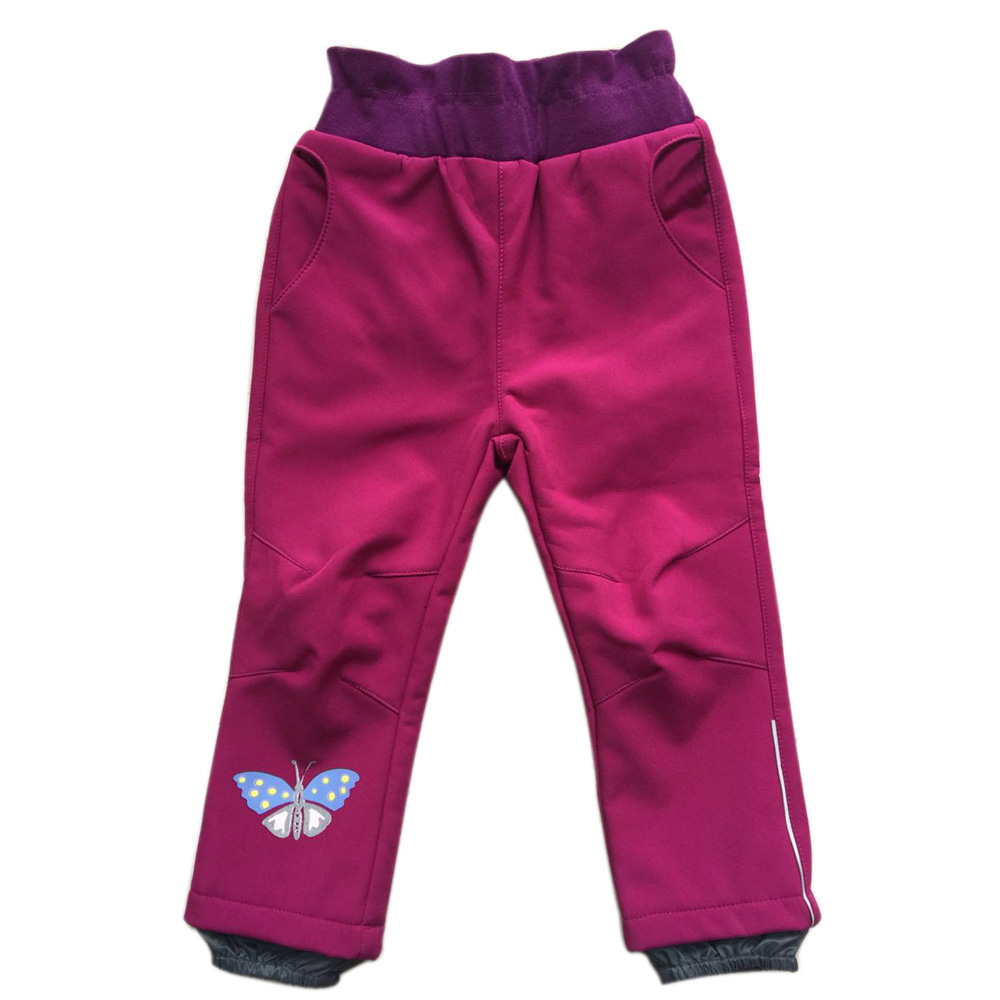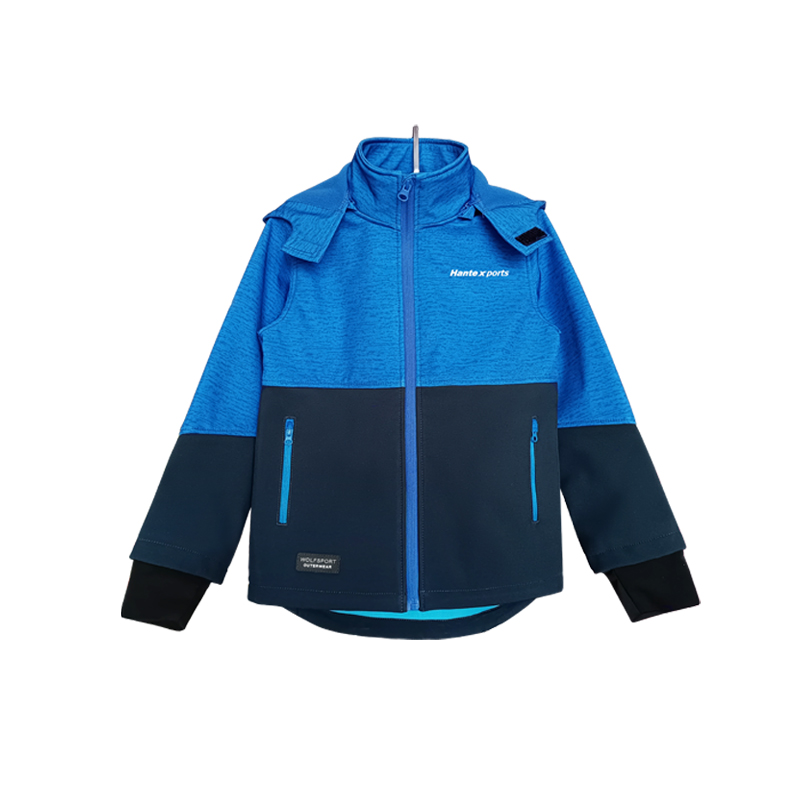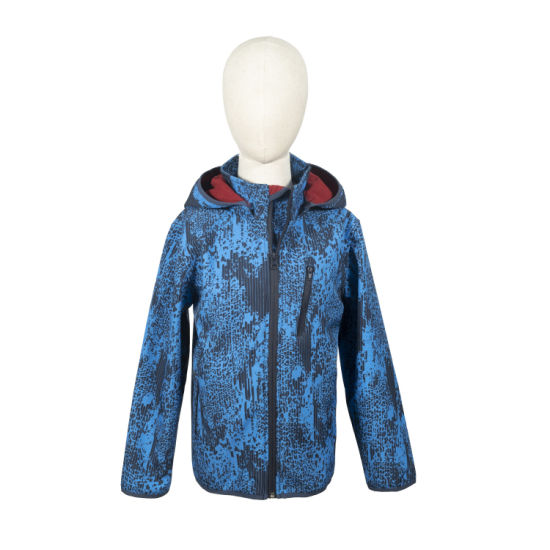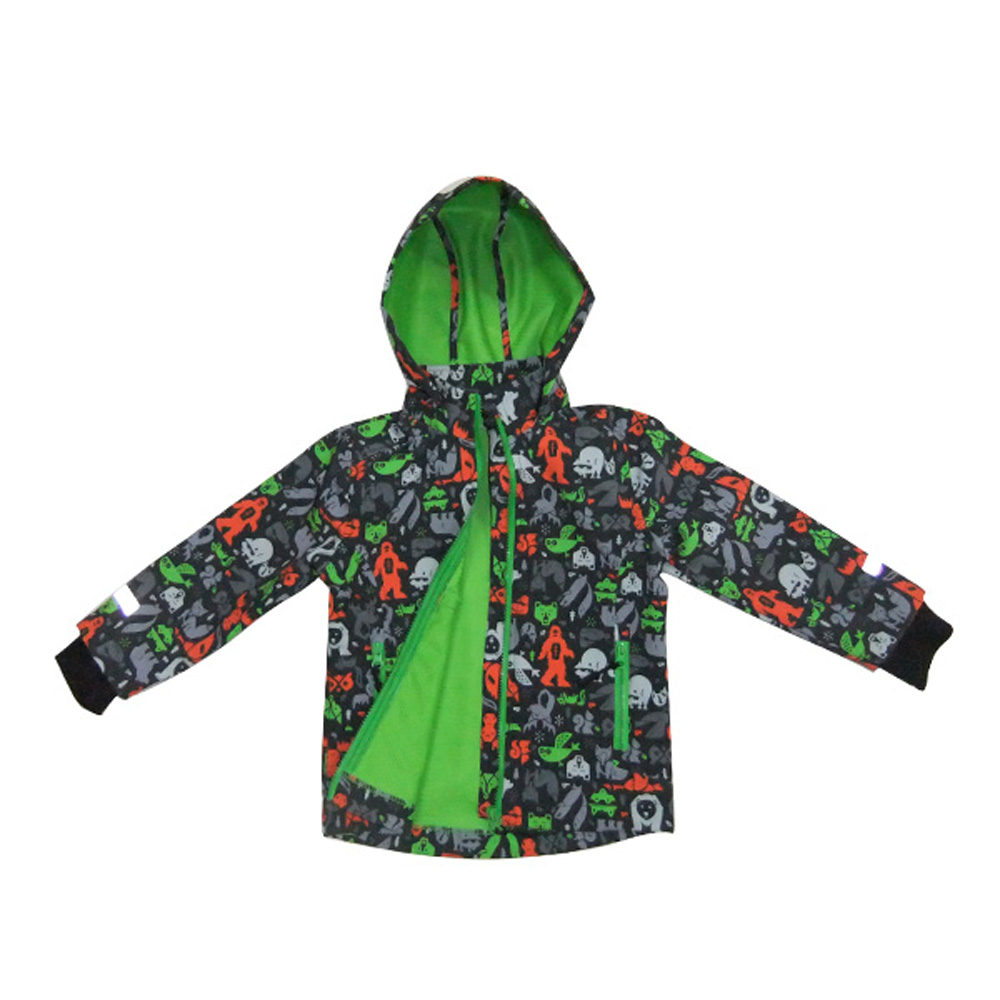Baby Clothes is a key solution in the consumer goods industry, specifically within Clothing and textile and children's clothing. This article explores how Shijiazhuang Hantex International Co., Ltd. supports professionals with durable, high-performance products, and explains why this product is an ideal choice for businesses in these sectors.

Table of Contents
- Baby Clothes Overview
- Benefits & Use Cases of Baby Clothes in children's clothing
- Cost, Maintenance & User Experience
- Sustainability & Market Trends in consumer goods
- Conclusion on Baby Clothes from Shijiazhuang Hantex International Co., Ltd.
Baby Clothes Overview
In the children’s apparel value chain, Baby Clothes combine safety, comfort, and production efficiency—three factors that directly influence retailers’ margins and brand reputation. The featured 100% cotton baby romper from Shijiazhuang Hantex International Co., Ltd. exemplifies what B2B buyers expect: soft hand feel, breathable fibers, dependable trims, and precise construction that withstands frequent wash-and-wear. Built for newborn through toddler sizes, the romper uses natural cotton fabrics and practical details such as secure snap closures and flexible necklines to streamline dressing and diaper changes, while minimizing irritation on delicate skin.
From a technical perspective, buyers can specify fabric weights, knitting types (e.g., interlock/jersey), shrinkage controls, and colorfast dyes to meet internal standards or market regulations. Bulk programs typically require stable sizing, consistent GSM, and reliable stitching quality across large lots—areas where Hantex’s quality control and inline inspections help reduce returns and rework. As an experienced OEM/ODM manufacturer, Shijiazhuang Hantex International Co., Ltd. supports detailed tech packs, labeling/packaging customization, and pre-production sampling, ensuring Baby Clothes align with brand requirements and retail timelines.
Benefits & Use Cases of Baby Clothes in children's clothing
For private labels, specialty boutiques, and volume retailers, Baby Clothes must deliver consistent softness, safety, and durability. The cotton romper format is a proven SKU for newborn layette sets, hospital take-home outfits, seasonal collections, and bundle packs. Key advantages include skin-friendly fiber content, quick-change functionality via snaps, and versatile design aesthetics suitable for embroidery, prints, or placement graphics. These features help retailers build cohesive infant ranges and simplify replenishment by relying on a core silhouette that sells year-round.
Shijiazhuang Hantex International Co., Ltd. adds competitive value with scalable production, responsive sampling, and strict quality checkpoints—from fabric sourcing to final packing. Buyers can standardize construction details (e.g., binding widths, seam allowances) to improve fit integrity across size runs, while choosing soft trims and low-irritation labels for enhanced comfort. By aligning product specs with retailer requirements and market positioning, Hantex’s Baby Clothes help reduce time-to-shelf, support consistent sell-through, and maintain brand standards across multiple seasons.
Cost, Maintenance & User Experience
Total cost of ownership for Baby Clothes extends beyond FOB pricing. Retailers must consider fabric yield efficiency, cutting room optimization, defect rates, and post-sale returns. Durable knit structures, stable shrinkage, and strong seam construction help minimize customer complaints and extend garment life, supporting repeat purchases and positive reviews. For caregivers, easy-care cotton—machine washable, breathable, and soft—improves day-to-day usability, while secure snaps and practical necklines speed up outfit changes and reduce stress during newborn care.
In the Clothing and textile sector, buyers consistently report better lifecycle value when rompers maintain shape and color after multiple washes, and when sizing remains consistent across production batches. Shijiazhuang Hantex International Co., Ltd. focuses on these drivers with controlled fabric pre-shrinking, attention to colorfastness, and standardized workmanship criteria. The result is a dependable infant essential that supports strong ROI through lower return rates, efficient replenishment, and customer satisfaction that reinforces brand equity.
Sustainability & Market Trends in consumer goods
Infant apparel is increasingly shaped by sustainability expectations and regulatory diligence. Buyers seek traceable raw materials, responsible dyeing, and safer chemical management aligned with major market standards. There is rising demand for eco-conscious packaging, transparent labeling, and designs that balance softness with durability to extend garment use. Meanwhile, retailers are leveraging data-led assortments and seasonless essentials to improve inventory turns while reducing overproduction and waste.
Positioned for these shifts, Shijiazhuang Hantex International Co., Ltd. adopts forward-thinking practices: careful material selection, process controls for consistent quality, and the capability to support buyer-mandated testing and compliance documentation. With a proactive approach to sustainability and product stewardship, Hantex helps partners meet evolving consumer expectations and retailer standards—ensuring Baby Clothes assortments are safe, comfortable, and responsibly produced without compromising on aesthetics or performance.
Conclusion on Baby Clothes from Shijiazhuang Hantex International Co., Ltd.
Baby Clothes play a pivotal role in consumer goods—especially in Clothing and textile for children—by uniting comfort, safety, and operational efficiency. The 100% cotton romper from Shijiazhuang Hantex International Co., Ltd. brings dependable construction, soft-hand fabrics, and scalable production that retailers can trust. Backed by rigorous quality attention and responsive OEM/ODM support, Hantex enables brands to deliver consistent value at shelf. Contact us: email: hantex@hantexintl.com. Visit our website: https://www.softshell-clothing.com.
